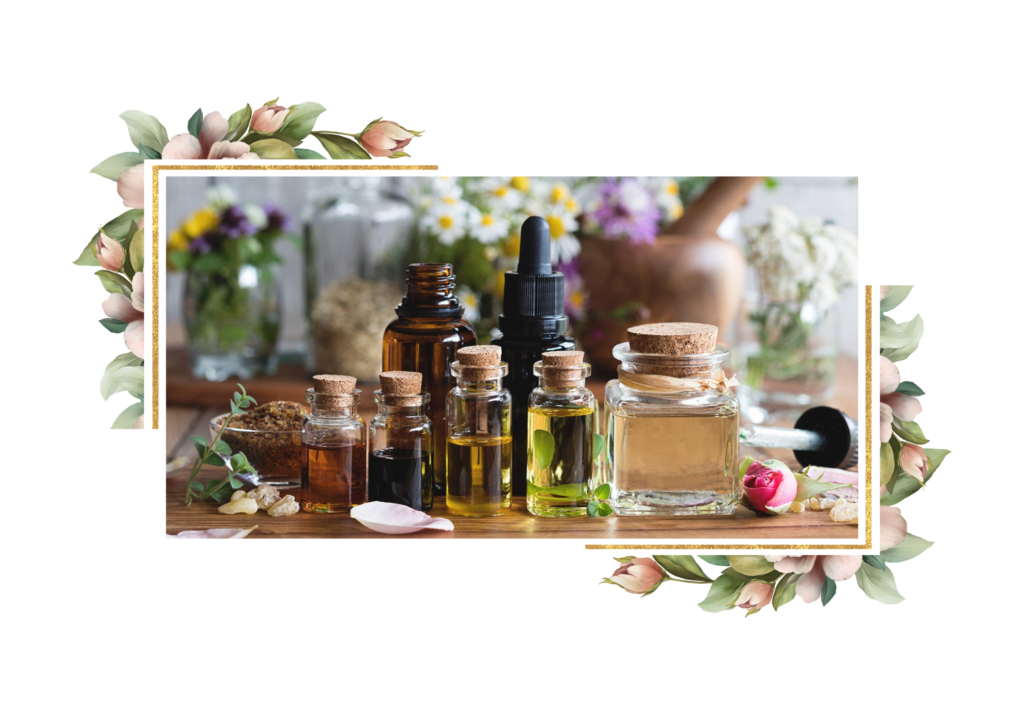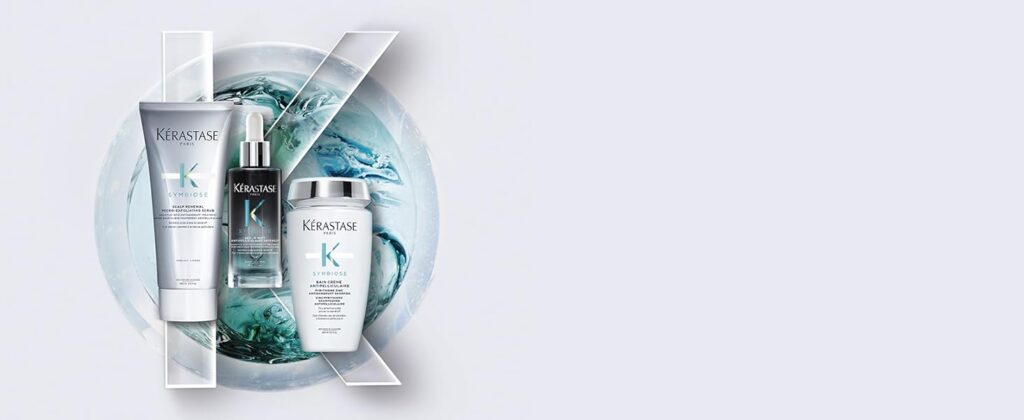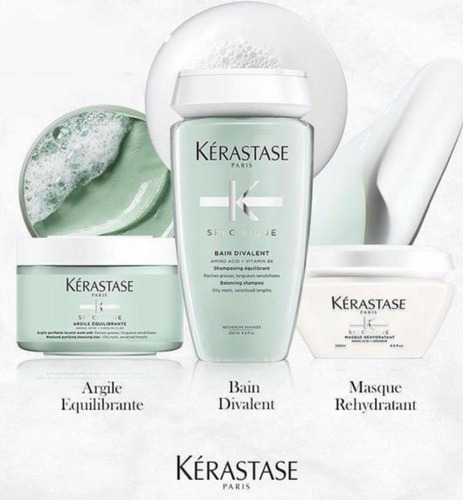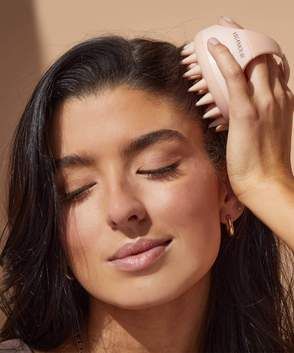
What a great question. Any product specifically designed to nourish or detoxify the scalp can be a “scalp treatment.” It’s easy to overlook what you can’t see, which is why so many of us ignore the area on our body that is generally out of sight: our scalp. Treatments work in various ways by improving scalp moisture, hydration and supporting healthy microbial growth. Just like the rest of your body, skin covers the scalp, so it’s as important to maintain good scalp care as it is to care for skin anywhere else on the body. The main reasons stylists and dermatologists recommend scalp treatments are because they can provide healthy growing hair, stimulate new hair growth, combat dry, tight, itchy, flaky scalp, and improve conditions like dandruff, seborrheic dermatitis or scalp infections. I like to use analogies when explaining things to my clients so my analogy here would sound something like this: “Our scalp is the soil, and the hair follicle is like the plant. Soil should have all the right vitamins and minerals to ensure what grew from it had everything it needed to grow healthy and strong.”
Scalp treatments contain active components with scalp-nourishing properties. They are generally used as treatments that sit on the scalp for an extended time so that they can be absorbed thoroughly. Let me break this down a little bit more into some key points:
Scalp Stimulation to Enhance Blood Flow
Scalp treatments involve applying the product directly to the scalp, either with a small tool or the tip of the finger and massaging it in will help boost the product’s performance. Nice, right? The massage will help work the product in while stimulating blood flow to the scalp, producing healthier and faster-growing hair. Research has shown that when the scalp is massaged, it helps the hair cells through the movement of the scalp, which can get tight, cutting off blood flow and causing hair loss. An increase in the hair shafts diameter (thickness) can happen in as little as six months.
Resolution Of Dandruff

Minimizing Hair Loss and Thinning
Scalp treatments containing vitamins B, C, and E, rosemary oil, sage, grapeseed, or other ingredients have been observed to control hair loss. They work by mechanisms that enhance blood circulation to the scalp, which harbors 100,000 hair follicles! Ingredients like salmon and primrose oil protect from hair loss and/or thinning. This works by improving the hair’s texture and inhibiting loss from brittleness. Researchers have also found that green tea or ginkgo-containing treatments can safeguard hair loss by hindering the enzyme 5-alpha reductase associated with hair loss. Other products containing minoxidil, saw palmetto, and caffeine (to name a few) can also help reduce hair loss, depending on the initial cause. My first recommendation when discussing options with my clients is to get a full panel blood test to check for deficiencies; then, we narrow it down from there. This way, we can treat the loss at the source and not go off of assumptions. I’ve seen successful results firsthand with the “Hers” brand, which you can purchase here: https://www.forhers.com/hair-loss
The Importance of Scalp Oil Balance
A growing number of studies indicate that one contributing factor of dandruff is a microbial imbalance of the scalp. Honey, turmeric, and probiotics all have anti-microbial and anti-inflammatory properties. They’ve proven successful for these targeted issues if a more natural route is preferred. Treatments containing salicylic acid not only work wonders for the skin on our face, but it’s very successful in treating dandruff as well. Kérastase makes an overnight dandruff serum, which you can purchase here: https://www.kerastase-usa.com/collections/symbiose/serum-nuit-antipelliculaire-anti-dandruff-night-hair-serum.html or the full anti-dandruff set which can be found here: https://www.kerastase-usa.com/collections/symbiose-anti-dandruff-hair-care.htm. Taking small sections when applying products intended for scalp rebalancing will ensure proper application. I suggest clients take small sections, apply the product, and use a stiff-bristled toothbrush to work in circles directly on the scalp for each section. This causes micro-abrasions in the scalp, creating tiny channels for the product to seep in, helps lifts dirt and oil, and loosens/removes unsightly dandruff or debris.
It’s immensely important to have a good scalp oil balance. Too much or too little of it can lead to problems like hair loss, dandruff, acne, and an unpleasant odor. No thanks. Treatments with ingredients that help combat these issues can do more than provide a better oil balance; it can also help boost confidence and provide more mileage between shampoos. This allows you to get more longevity out of your scalp cleansing products. The Bain Divalent shampoo by Kérastase is great at removing oil and rebalancing the scalp while maintaining moisture on the ends. You can find that here: https://www.kerastase-usa.com/collections/specifique/bain-divalent-balancing-shampoo.html. Some, if not most clarifying shampoos out on the market today tend to over dry the hair, causing it to become brittle which leads to damage.

Christina’s Picks for Scalp Care Tools
One of the best investments I’ve made for my clients was purchasing the GRO Revitalizing Scalp Massager by Vegamour. I truly believe this product is a one-size-fits-all and let me tell you why. For those with very thick, dense hair, getting a really deep scrub can be difficult. Using the shampoo brush helps penetrate deep down to the root, producing a better lather and more efficient scrub. This can get you more mileage from your product and time between shampoos. I love this for teens who have difficulty getting to the crown of their hair where there’s more oil and dirt buildup. It’s a great tool for those suffering from hair loss due to its ability to stimulate circulation in the scalp. This brush covers all the bases. You can purchase it here at: https://vegamour.com/products/gro-better-duo

I hope that you find some of this information to be helpful because I understand firsthand how overwhelming it can be to start tackling some of these issues. I’ve had a huge uptick in clients losing hair in the last 2.5 years, so following some of these tips and tricks will help slowdown that process to give some control back. You’ve got this!


